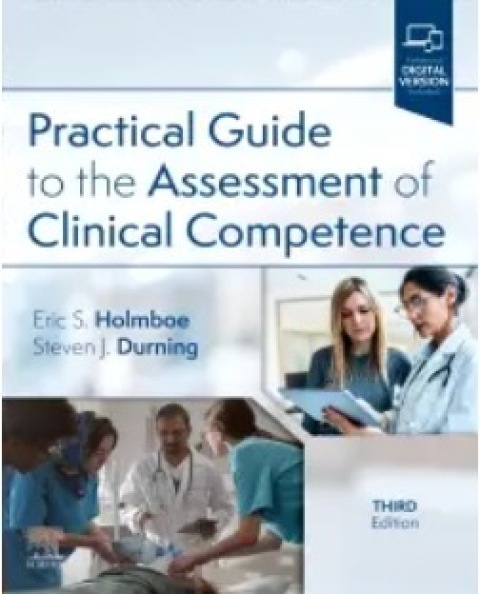

Most ebook files are in PDF format, so you can easily read them using various software such as Foxit Reader or directly on the Google Chrome browser.
Some ebook files are released by publishers in other formats such as .awz, .mobi, .epub, .fb2, etc. You may need to install specific software to read these formats on mobile/PC, such as Calibre.
Please read the tutorial at this link: https://ebookbell.com/faq
We offer FREE conversion to the popular formats you request; however, this may take some time. Therefore, right after payment, please email us, and we will try to provide the service as quickly as possible.
For some exceptional file formats or broken links (if any), please refrain from opening any disputes. Instead, email us first, and we will try to assist within a maximum of 6 hours.
EbookBell Team

4.4
52 reviewsdeveloping assessment programs using a systems lens. No single
assessment method is sufficient to determine something as complex
as clinical competence. Educators will need to develop programs of
assessment (i.e., programmatic assessment) by choosing the optimal
combination of methods, based on the best evidence available, for
their local context. This book has been organized around the various
assessment methods and instruments and how individuals with
responsibilities for assessment can apply these methods and
instruments in their own setting. We have provided an overview of
key educational theories applicable to help the reader understand
how best to use the assessment method and its purpose. Each chapter
provides information on the strengths and weaknesses of the
assessment method, along with information about specific tools.
Many chapters provide examples of assessment instruments along
with suggestions on faculty development and effective
implementation of the assessment method. Each chapter also contains
an annotated bibliography of helpful articles for additional reading.